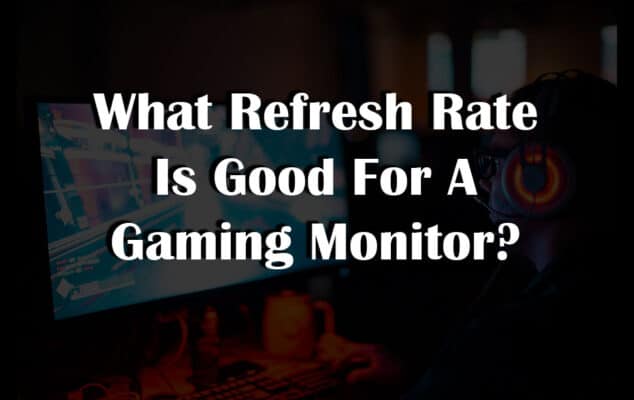You may be wondering the answer to the question of what refresh rate is good for a gaming monitor. As gamers, we know that a good monitor is critical to our success. But what refresh rate should you be looking for in your next gaming monitor? In this blog post, we’ll break down the different Refresh Rates and what each one means for you as a gamer.
So, whether you’re just starting out or are ready to upgrade your current set-up, read on for the information you need to make the best decision for your gaming needs. By the end, you’ll understand why refresh rate isn’t as important as you might think when it comes to getting the best performance from your games. So read on.
So, What refresh rate is good for a gaming monitor?
60 Hz refresh rate is good for a gaming monitor, which is the bare minimum for casual gaming. A higher refresh rate will make sure what you are seeing on the screen matches up with computer input which means more immersion and less detection of lag or ghosting.
The recommended maximum for gaming displays at this time has been established as being able to handle refresh rates above but if we’re talking about why it’s important then there might be some other factors involved too.
Understanding the factors mentioned below will help you determine what refresh rate is best for gaming. Make sure to note your preferences and choices with these things in mind.
1. What is Refresh Rate?
The refresh rate of your display refers to how many times per second the screen can draw a new image. This is measured in Hz (Hertz). For example, if you have a display with a 144Hz rating then it will be refresh images 144 times per second.
Generally speaking, the more FPS your CPU and GPU can output simultaneously without hiccups or slowdowns from an LCD monitor with a high refresh rate. This is because games vary in how much load they put on these components which will determine whether there are any benefits to using higher performance options for them specifically at playtime depending upon what type of gamer you want to become.
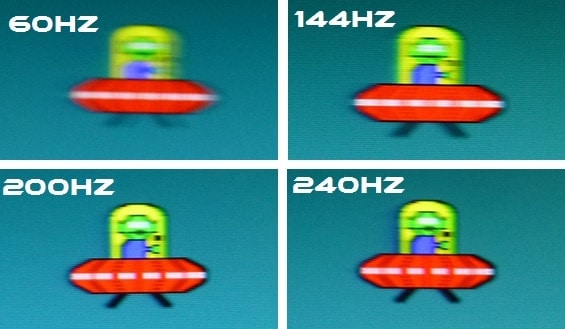
The refresh rate is the speed at which your monitor refreshes itself. Common rates include 60Hz, 75 Hz, and 120Hz with others available such as 144Hz for instance if you want to play games that require higher response times then you can check for 240Hz or 360Hz. You can do UFO Test to find out what is your display monitor refresh rate.
2. Refresh Rate vs Response Time
The monitor response time is the fastest way for your image to display on the screen. The quicker it shifts from one color or shape, the less delay there’ll be in displaying what you want at that moment, and with today’s high tech displays ranging anywhere between 1ms – 5 ms, many people are finding they can’t tell much difference between Input Lag & Response Time even if one was significantly faster than another anymore!
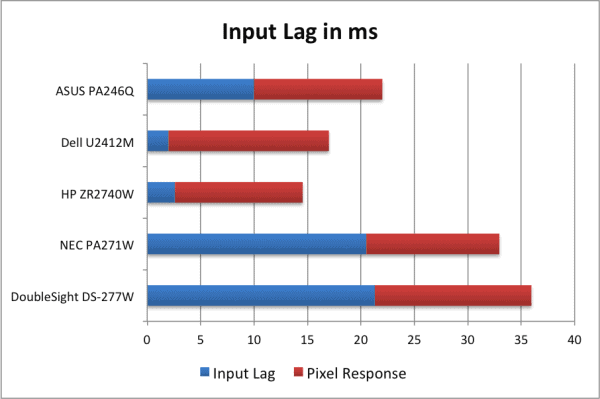
The input lag for these brands is shown in blue and their pixel response time on display, which should be low enough to ensure you get responsive gaming or work experience without any delays. It’s also important that your mouse/keyboard have less than expected amounts because high quantities can lead gamers into an uncomfortable position where they are surveyed by enemies while trying to attack them at close range during games.
The response time for gaming monitors is important because it will determine how quickly the pixels can change color. For competitive gamers, most TN & VA panel types have a 1ms or less lag which makes fast-paced gameplay possible without pixelization when playing against another player who has also chosen this type of display as their own; however, IPS screens average 4-5 milliseconds per seconds.
Also Read: What Is The Best Response Time For A Gaming Monitor? 7 Best Ways To Find Out
3. Gaming Styles
Most console gamers and casual PC gamers should consider a 60Hz refresh rate gaming monitor. If you want to pursue esports careers, though, it may be limiting down the line for your skillset as well so maybe go with something more specific like 144Hz or higher. Following are the gaming styles that will make you understand the refresh rate requirement for each gaming style.
eSports Gaming
The elite players in the world of esports use high-end hardware to ensure that their games have low latency and fast refresh rates. By turning off unnecessary features, they can get a 15 ms input delay with a 240-360 Hz refresh rate which makes them better verse any other professional gamer!
Competitive Gaming
To be competitive in the gaming world, you need a 144Hz monitor. This is because even if your intention was ongoing higher than 60Hz and buying something else instead of this essential step for gamers then it would’ve been too late already.
Also Read: How to Improve Your Aim in Games? 11 Awesome Tips & Tricks
Casual Gaming
The 60Hz monitor is a great choice for gamers on the go who want to play their favorite video games without sacrificing too much performance. These monitors provide smooth gameplay in both single-player modes as well as multiplayer sessions, making them perfect if you don’t have an ultra-high-end computer or console available at all times but still need something that can deliver lag-free responsiveness when playing online with others.
4. Motion Blur
When an image has a slow refresh rate or response time, it can look blurry. This is because pixels take longer to transition from one state to another and the human eye notices this more when there’s movement in your graphics than just still images with no movement at all.
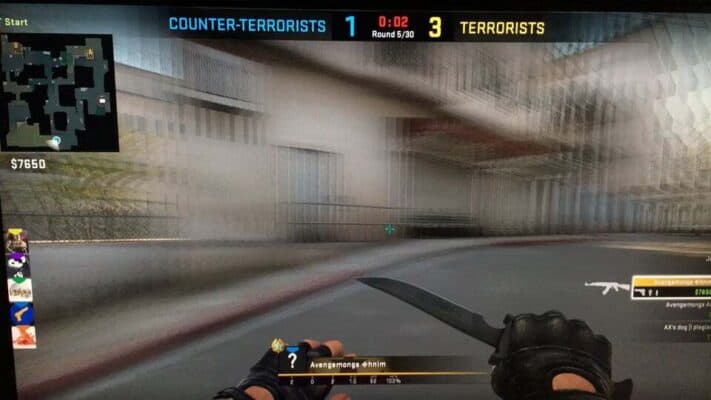
The moving picture response time or MPRT is a measure of how quickly pixels can change from one state to another. It’s similar with monitor refresh rates, but instead measures the delay between frames being displayed on the screen and makes sure that there are no noticeable blurrings or ghosting effects as well.
The higher your refresh rate, the less likely you’ll be to experience motion blur. For example, an MPRT of 60Hz will result in 1/60th MPRT minute for every second that passes on the screen which means it takes about three seconds before something moves too far away or closes up for comfort with this kind of technology currently available.
Also Read: What is the Difference between Gaming Monitor and Regular Monitor? 7 Best Factors To Consider
5. Screen Tearing
When screen tearing occurs, it can be due to the frame rate exceeding your monitor’s refresh rate. Adaptive Sync will force the frame rate of any game you play so that they are evenly divisible by this same requirement. For example, a 60Hz display with adaptive sync turned on and below 30 FPS in games will lower the frame rate to 30 FPS.
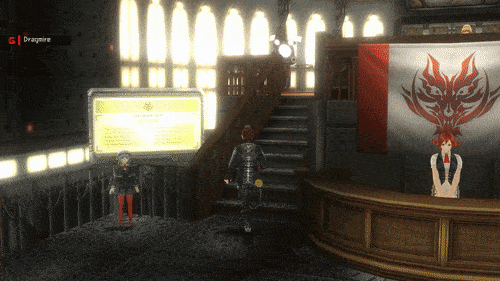
This technology, called “adaptive sync”, can smooth out the framerate if your FPS is higher than what’s being displayed by a monitor. The mouse lag will often be present in fast-paced games but it negates screen tearing which depends on specific types or levels of badness for each individual game so this feature might not matter as much depending on how graphics-dependent they are.
6. Ghosting
Though ghosting can have an adverse effect on your gaming experience, it is even more bothersome when you play games. This prevents new images from being formed and results in sub-par gameplay because the visuals are not properly presented to us as viewers or players.
There are many cases where ghosting does not only happen in games but in other zones as well. This can really affect competitive gaming and for pro gamers, this type of interference might result in inaccuracies making their experience less enjoyable or even unstable.
Also Read: Are Ultrawide Monitors Worth It For Gaming? 7 Best Ways To Find Out
7. Frame Rate & Refresh Rate
The frame rate is the number of images that are sent to a computer’s display every second. When it comes to monitors, the refresh rate is how fast your display can actually show those frames. When thinking about graphics, it’s important to consider both FPS and Refresh rates.
The former refers to how many frames your gaming computer is producing or drawing while the latter tells you what kind of images are being displayed on screen every second. The fps don’t affect frame rates at all since they’re calculated differently.
8. Graphics card & Refresh Rate
The GPU doesn’t affect the refresh rate of your monitor, so it’s a waste to overclock for frames that can’t be supported. A monitor with a refresh frequency of 60Hz can only support displaying frames at an FPS equal to or less than this number, so it’s actually wasteful for gamers who want higher frame rates without sacrificing visual quality in order to reach them through overclocking their graphics card.
Also Read: How to Choose a Gaming PC? 9 Best Factors To Consider
Is 60Hz bad for gaming?
60Hz will give you the same experience as modern console gamers. Running games at 60 FPS on a monitor that runs in the traditional mode is by no means bad, and it’s great for people who want to get into gaming but don’t know how things work with high refresh rates or ultra-wide resolutions. The only people who need to worry about gaming at 60Hz are those gamers used to playing on a 144 Hz monitor.
Is 75Hz a good refresh rate for gaming?
Yes! 75Hz monitors are a great option for gamers because they can provide higher refresh rates than 60 Hz displays. This means that you will have less screen tearing and smoother gameplay with greater Frame Rates, especially if your computer isn’t as powerful or has a limited graphics memory capacity
Is a 120Hz monitor good for gaming?
We find that gamers will see a more significant benefit in upgrading to 4K resolution than they would from switching over their monitor display. 120Hz or 144Hz displays deliver smoother, tear-free gaming with less input lag and can be relied on for an absolute premium experience without sacrificing quality.
Also Read: Is A Curved Monitor Worth It For Gaming? 7 Best Ways To Find Out
Is a 144Hz monitor worth it for gaming?
Whether you are playing competitive games or just for fun, a 144Hz gaming monitor is worth the investment. Not only does it provide an enjoyable and responsive experience that’s sure to keep your thumbs happy but this higher refresh rate also gives an advantage over players who use monitors with 60Hz capabilities.
Is a 240Hz monitor good for gaming?
240Hz makes your game come to life with fast-paced fluidity that you won’t find anywhere else. Where you can’t see the difference between 144 Hz and 240 Hz, that’s because it is impossible for a human eye to detect such small differences. As such monitors don’t appeal towards those who want an average product but if you’re one of those people who needs or excels at gaming thanks in large part due to their high refresh rates then this could be perfect.
Also Read: How To Choose A Gaming Monitor? 11 Best Factors To Consider
Best Gaming Monitors
The following list of gaming monitors is based on our experiences and in order to provide you with high-quality products, we only included those whose performance can withstand more stress than others.
We know there are tons of gaming monitors on the market, but we want you to be well-informed before making your purchase. You’ll find our recommendations for 15 top-rated monitors below including pros and cons that should give some insight into which one is best suited just as a general overview or if it’s something more specific.
| Name | Panel Type | Screen Type | Refresh Rate | Response Time | Adaptive Sync | Our Recommendation |
| Samsung Odyssey G7 | VA | Widescreen Curved | 240Hz | 1ms | G-Sync | Read More |
| Alienware 25 | TN | Standard Widescreen | 240Hz | 1ms | G-Sync | Read More |
| ViewSonic Elite XG270 | IPS | Standard Widescreen | 240Hz | 1ms | G-Sync | Read More |
| Acer Nitro VG271U | IPS | Standard Widescreen | 240Hz | 1ms | G-Sync | Read More |
| Sceptre C305B-200UN | VA | Ultrawide Curved | 200Hz | 5ms | FreeSync | Read More |
Best Budget Gaming Monitors
We’ve compiled a list of the best budget gaming monitors, based on our experiences. All these screens have fast response times and adaptive sync features that will make your games look great! Most come under $450 with high refresh rates to give you an amazing experience at a minimal cost.
| Name | Panel Type | Screen Type | Refresh Rate | Response Time | Adaptive Sync | Our Recommendation |
| MSI Optix G24C | VA | Standard Widescreen | 144Hz | 1ms | FreeSync | Read More |
| Sceptre C305B-200UN | VA | Ultrawide Curved | 200Hz | 5ms | FreeSync | Read More |
| Aorus G27FC | VA | Widescreen Curved | 165Hz | 1ms | FreeSync | Read More |
| Acer Nitro VG271U | IPS | Standard Widescreen | 240Hz | 1ms | G-Sync | Read More |
| ViewSonic Elite XG270 | IPS | Standard Widescreen | 240Hz | 1ms | G-Sync | Read More |
We hope this article has helped you better understand the refresh rate of gaming monitors and what to look for when making your next purchase. If you have any questions or want more information, be sure to let us know in the comments below! And don’t forget to check out our other helpful articles on gaming monitors, including how to choose the best one for your needs.
